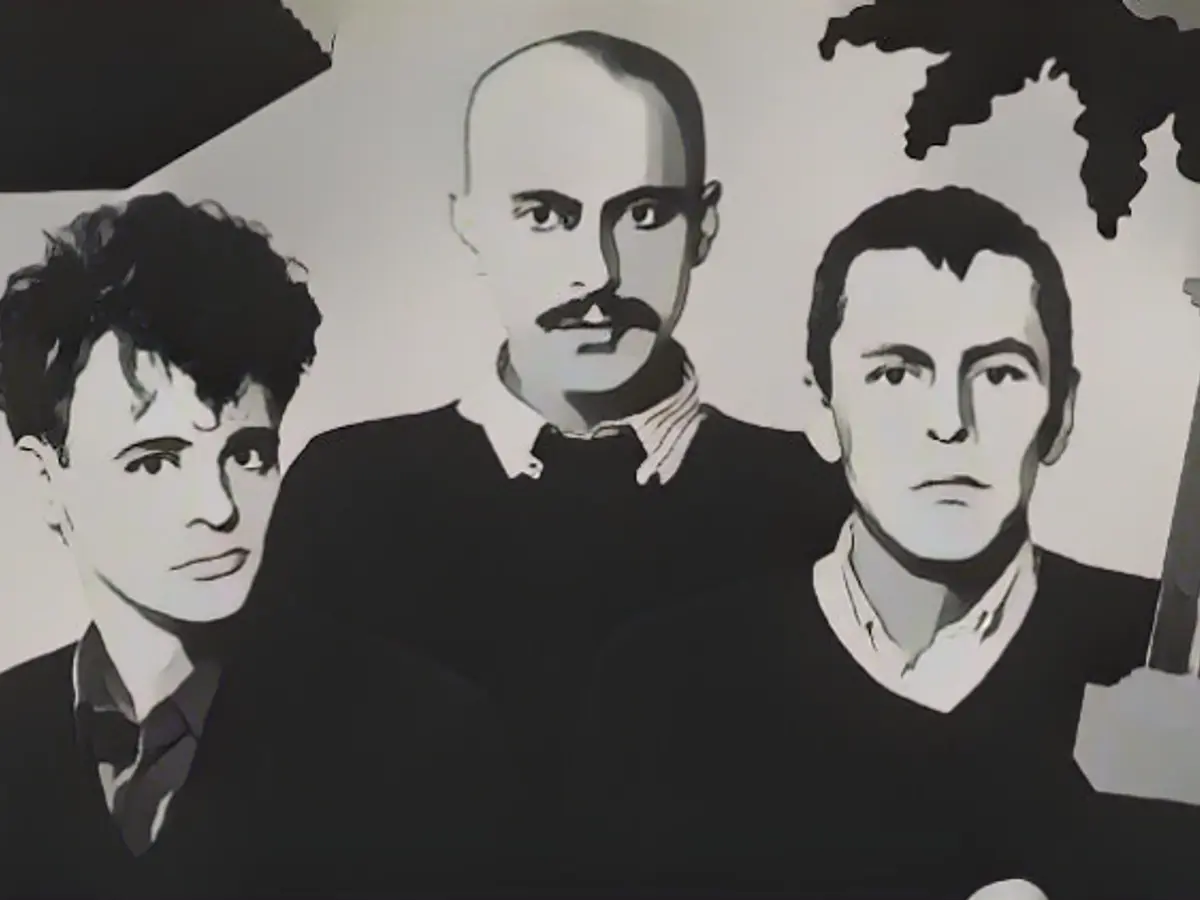Pills, poodles and biting humor
Poodles in provocative sex poses, gigantic pills and the word AIDS as an "image virus": an exhibition in Berlin's Martin-Gropius-Bau delights the public with works by General Idea. AA Bronson, the last survivor of the artist trio, met ntv.de on the 40th World AIDS Day.
Four letters that trigger fear, sadness or anger. Four letters that spread like a virus does. December 1 is World AIDS Day and a sad anniversary: the HI virus was discovered 40 years ago. Over 38 million people worldwide are living with AIDS. The number of people requiring HIV treatment has been growing again since the pandemic and war. "AIDS" is also the title of a world-famous work by the Canadian artist collective General Idea. Their ideas can currently be traced in a 200-work retrospective at the Martin-Gropius-Bau in Berlin.
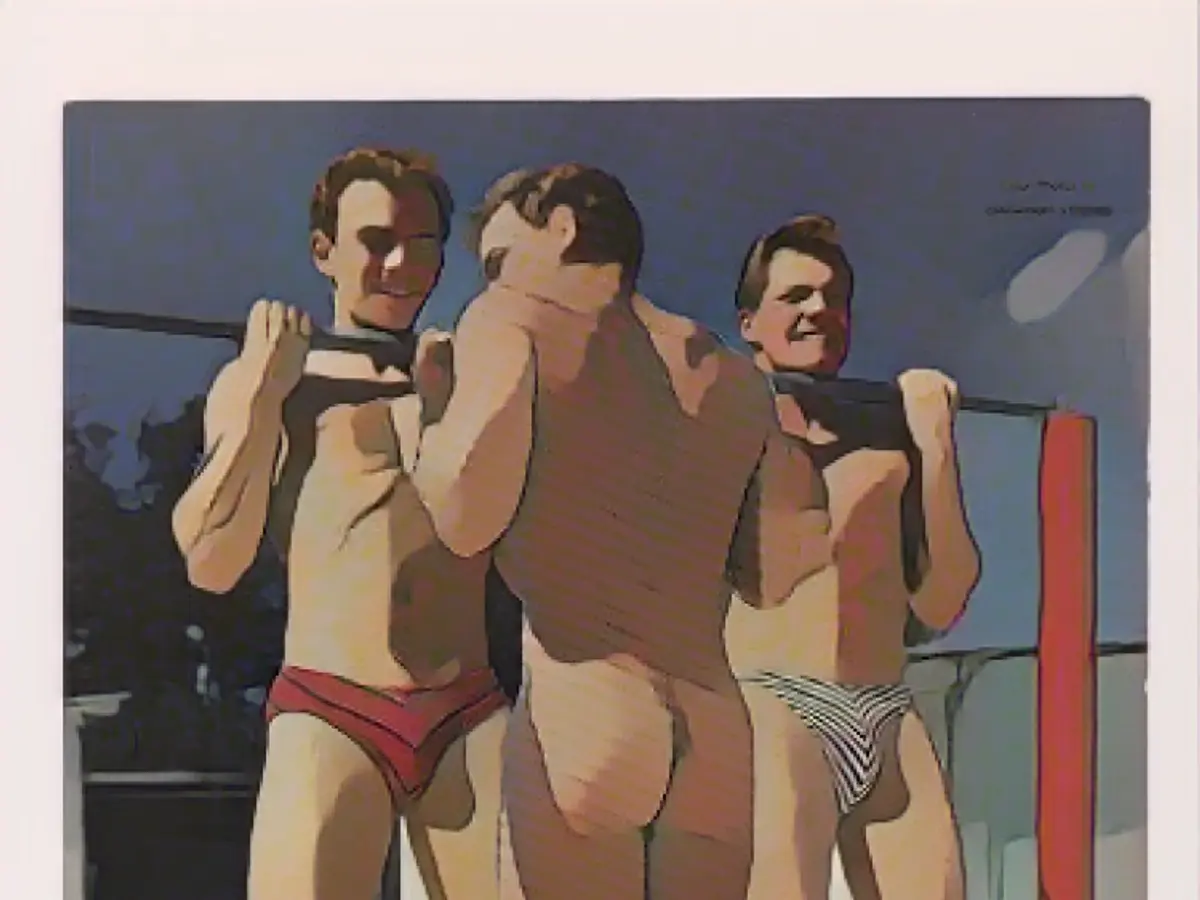
"When we came to New York in 1986, life suddenly became very serious," recalls AA Bronson in an interview with ntv.de in Berlin. Everything easy was abruptly over. The AIDS epidemic was raging in the city, especially in the art scene. Artists' careers such as that of Keith Haring - who died at the age of 32 - came to an abrupt end. Entire circles of friends in the queer community were eliminated by the immune deficiency.
The three from General Idea lived right next door to St. Vincent's Hospital in Greenwich Village. It was the only clinic in the city where AIDS patients dying agonizing deaths were cared for by doctors. AA Bronson's voice still cracks today when he remembers the grueling time there. The friends accompanied one of their best friends as he died. They also had to change his sheets and towels themselves because the hospital staff were afraid of infection.
Founded in 1969, General Idea in Toronto initially operated as a fluid family with up to eight members. The Canadians humorously criticized the world, which was already flooded with images at the time. They took aim at the mechanisms of consumer excess and commerce, sometimes presenting them in performances with biting irony. When museums shifted their focus to blockbuster exhibitions in the mid-1980s, they began to make art about art. They appropriated iconic works by painters such as Piet Mondrian and replaced the yellow of his abstract paintings with green. Mondrian had reportedly hated the color. "Green was also the color that everyone wore on Fridays in college who was gay," says Bronson.
Strategy of silence
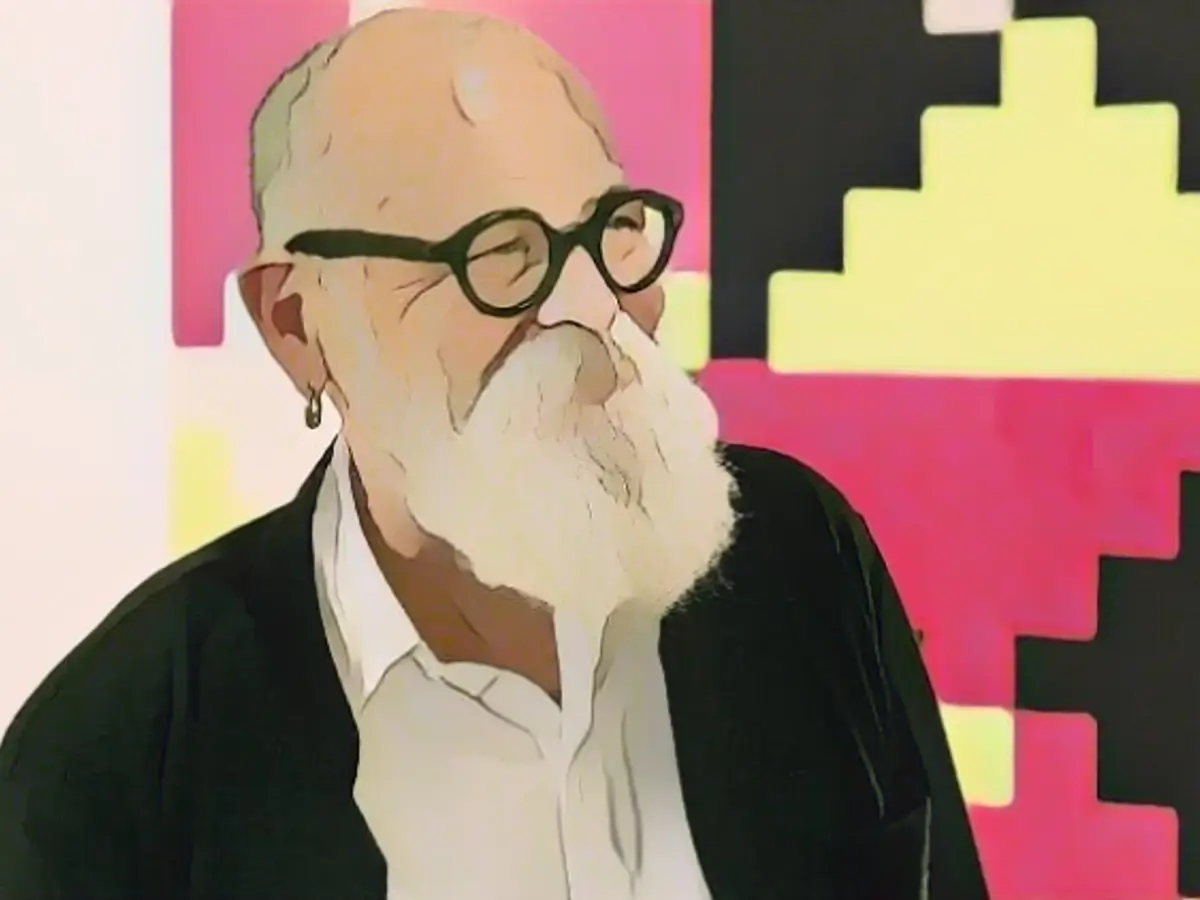
They described themselves as "cultural criminals and media parasites", and from 1975 the collective only worked as a trio. By the mid-1980s, Canada had become too small for them geographically. All the important exhibition venues had been grazed and so the three of them moved on to New York. That was where the international art scene met at the time. Curators from all over the world came to discover new and different art.
What they didn't know: They only had eight years left to create works together. AA Bronson is the only survivor of General Idea. Jorge Zontal died in 1994, followed a few months later by Felix Partz.
When it came to AIDS, the US government pursued a strategy of silence for a long time. After all, the disease was seen as a disease of gays, drug addicts and prostitutes. The virus is not only passed on through semen and vaginal secretions, but also through blood. There was no education, no prevention, let alone a stop AIDS or safer sex campaign. For fear of transmission, people infected with the immune deficiency were perceived as a threat and stigmatized by the majority of society.
The social degradation and exclusion of homosexuals spurred General Idea to place their own sexuality and AIDS at the center of their works. A good half of the artworks, installations and sculptures in the Gropius Bau deal with the health catastrophe. The artists stand for a kind of AIDS activism which, despite its colorful light-heartedness and humor, leaves a bitter aftertaste. According to Bronson, art is a powerful tool and can raise awareness of an issue in many different ways.
AIDS as merch?
Their biggest coup: they replaced the iconic LOVE sculpture by US pop artist Robert Indiana with the word AIDS. "We had already thought about replacing LOVE in 1985, but thought it was bad taste. A year later was the right time," says AA Bronson. Indiana's logo was already emblazoned on keyrings and other merchandising stuff and had - like a virus - infected everything. Initially, General Idea had only created an AIDS image for an AIDS research charity event. However, nobody wanted to hang it in their own four walls.
Shortly afterwards, they flooded the public space with AIDS posters. The artists achieved a great deal with their simple yet striking intervention "Imagevirus". Their work broke the silence in the USA and continues to provoke feelings and discussions to this day, without being instructive. The secret, summarizes Bronson, is that their AIDS logo does not tell a story. It leaves room for personal interpretation and everyone can see the meaning that is right for them.
The intimate becomes public
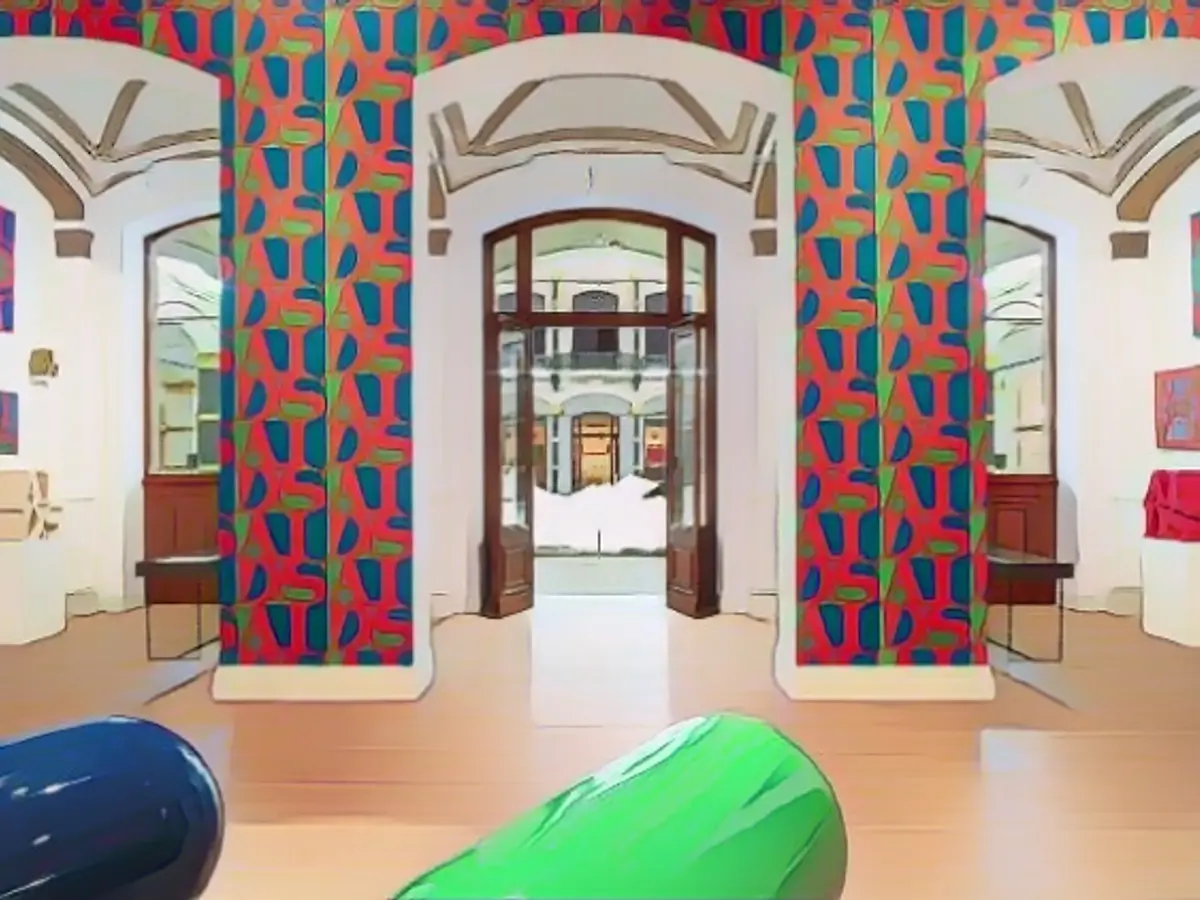
After 25 years, the artist group ceased to exist in 1994. "I actually lost my life when Felix and Jorge died," says AA Bronson looking back. He searched for a new artistic identity. "It took me five years to get back on my feet. When I finally started working as an artist again, I created portraits of Felix and Jorge in the style of the Middle Ages." In his first solo exhibition at the Vienna Secession, he confronted the public with the taboo subjects of dying and death. He staged photos of the dying and arranged their favorite objects around them. In this way, AA Bronson suddenly made the intimate and private public.
Eight months before their deaths, the men had moved back to Toronto. "The Canadian healthcare system is great. We knew that when Jorge and Felix got to the point where they needed to go to a clinic, we would go back," AA Bronson recalls. Nursing staff and doctors came to their home, initially once a week, then once and later twice a day.
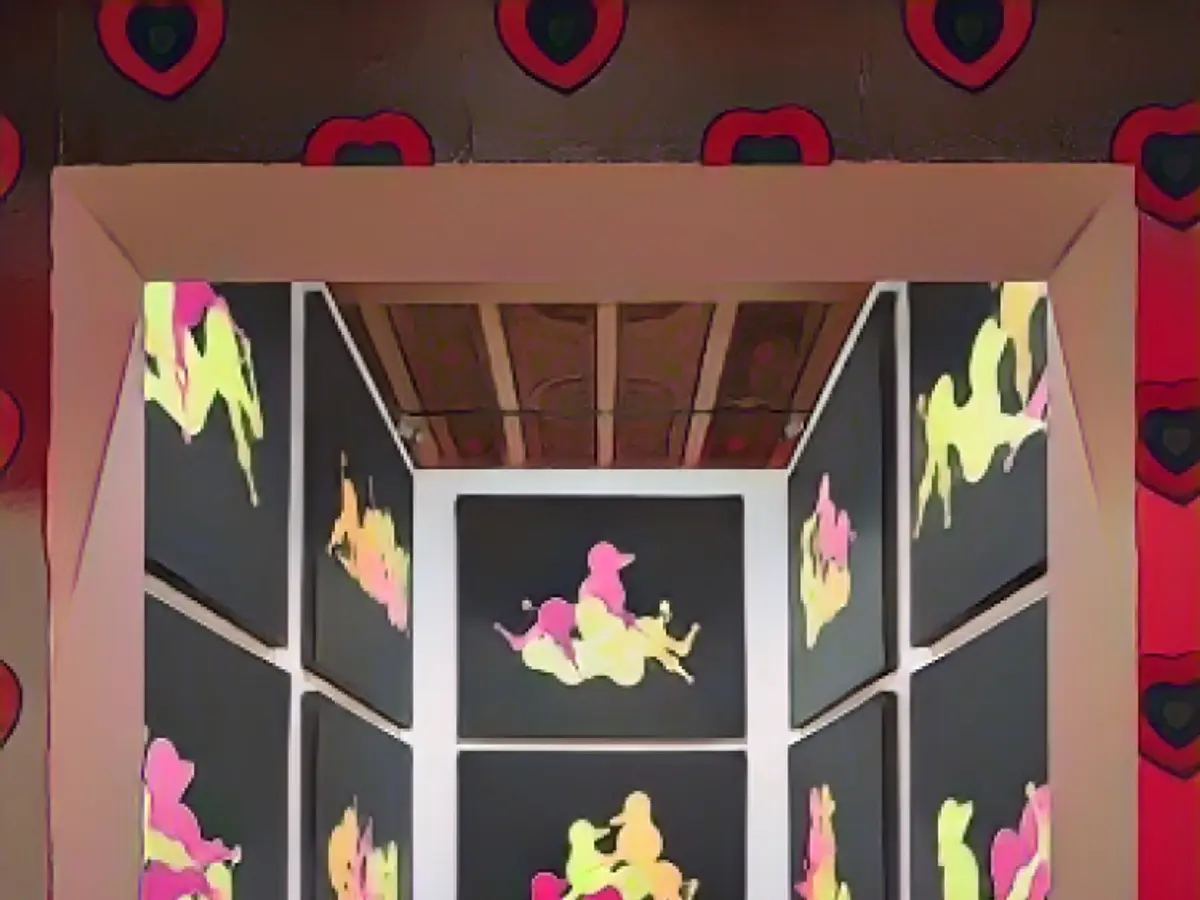
They found a productive way of working. Art and life together merged once again. "In that short year, we worked as much as we had in ten years. We talked endlessly, drank coffee, discussed our dream projects and recorded everything. We knew that many things could only be realized later." Two assistants accompanied the artists and diligently produced the artworks.
Living with AIDS impossible without medication
Museum visitors immediately understand the political themes of General Idea, the wordplay and the play with art history. The first HIV drug came onto the market in 1987. Nine years later, the active ingredients could be combined in such a way that the viruses in the body could be suppressed and AIDS did not break out. This life-saving antiretroviral therapy is expensive and not available in many countries where it is urgently needed. 150 huge pills on the wall of the Berlin exhibition house are a reminder of the number of tablets Felix Partz had to take month after month. More than 40 million people have since died from the virus. Three oversized pill sculptures show that life with AIDS is still not possible without daily medication.

"General Idea" runs until January 14 at the Martin-Gropius-Bau, Niederkirchnerstraße 7, 10963 Berlin
The Gropius Bau and the art platform CIRCA are showing the three-minute intervention "VideoVirus" until December 3. Always 23 minutes after the hour. The aim is to draw attention to the ongoing crisis. Kurfürstendamm, corner of Joachimsthaler Straße in Berlin plus a short version on 100 screens in the city. To the video please click here
The retrospective exhibit at Berlin's Martin-Gropius-Bau features over 200 works by General Idea, a Canadian artist collective that gained fame with their work "AIDS."
AA Bronson, the last surviving member of General Idea, recalls moving to New York in 1986, a time when the city was heavily affected by the AIDS epidemic.
The artists' work "VideoVirus" is currently being shown at the Gropius Bau and at various locations in Berlin, drawing attention to the ongoing AIDS crisis and the importance of medication.
Source: www.ntv.de
